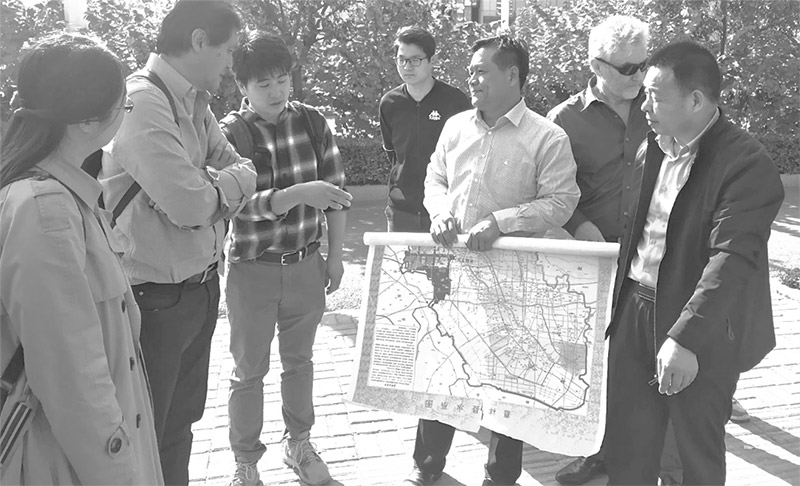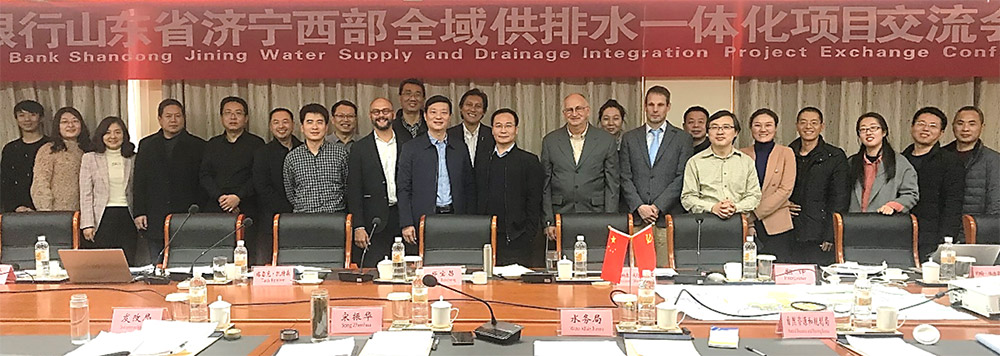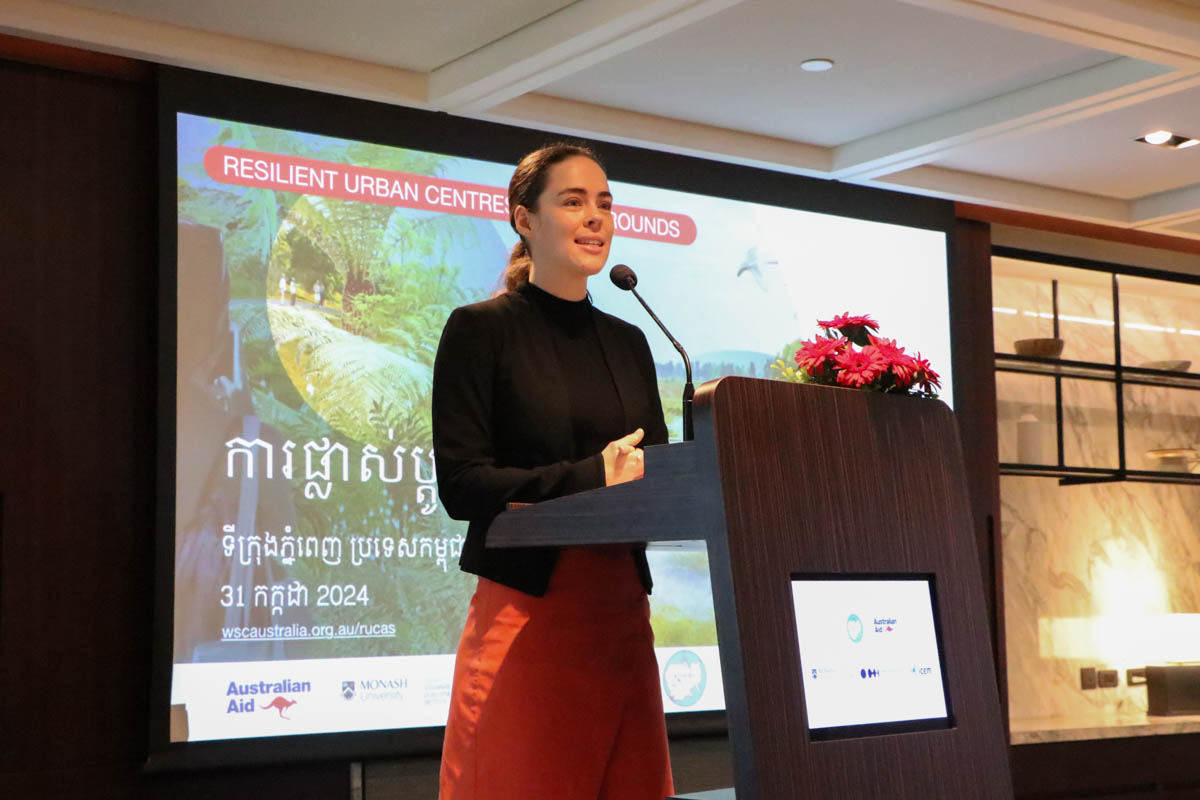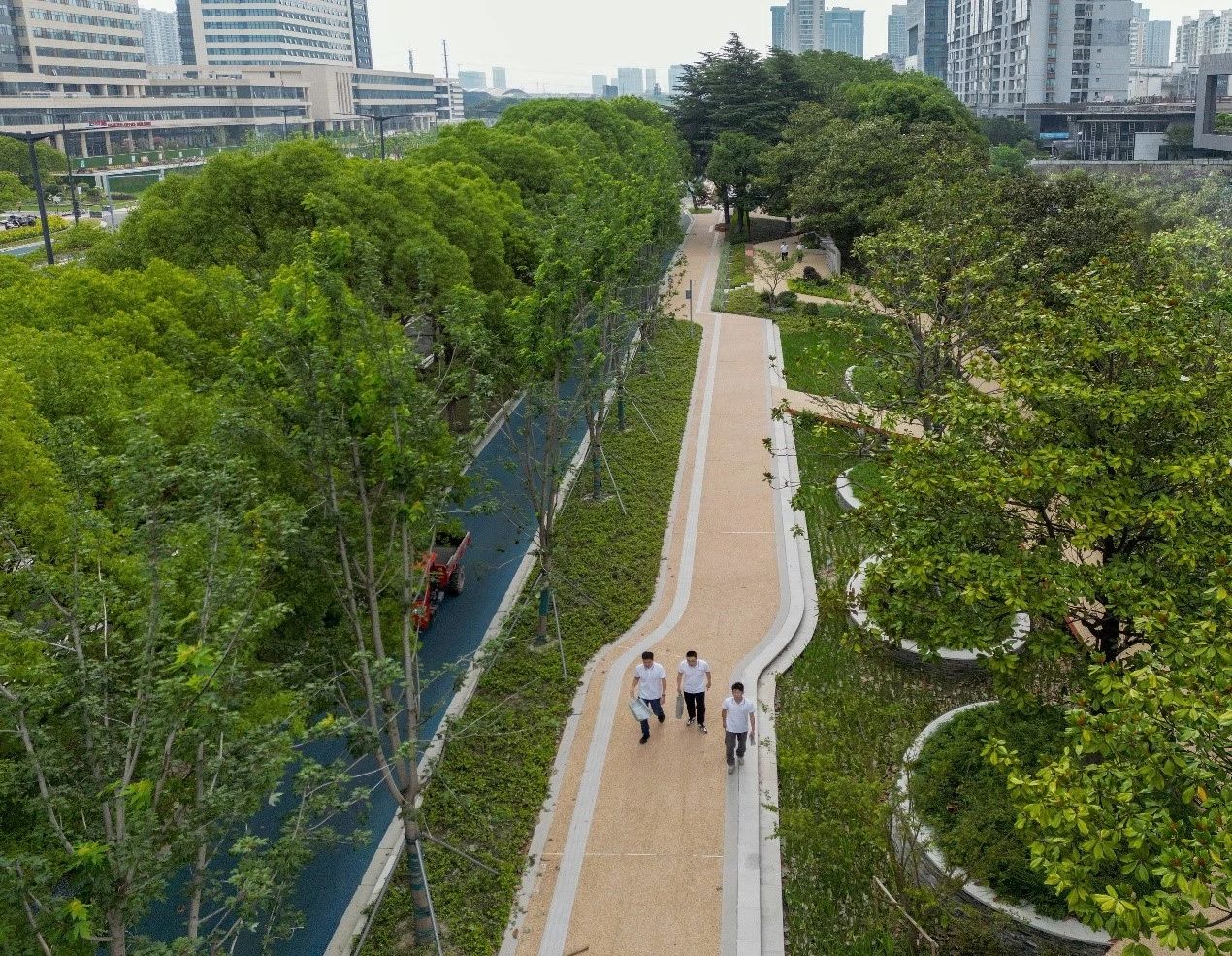Water Sensitive Cities Australia (WSCA) worked with Jiaxiang County, China to develop an integrated water management strategy for the county. We’re pleased to announce the strategy contributed to the county securing a $100 million loan from the Asian Development Bank (ADB) that will help it transform its vision into reality.
Water security is an ongoing issue for the county. Rapid urbanisation and uncontrolled groundwater extraction are affecting groundwater levels. Water and soil pollution caused by inadequate drainage and sewerage infrastructure and extreme precipitation events are also further undermining water security.
The county will use the ADB loan to improve sustainability, affordability and safety in water and wastewater management services. The project aims to address policy and institutional gaps in the water sector, mitigate climate risks and integrate water supply and delivery of sewerage services.
Significantly, the project is the first ADB Sector Development Program (SDP) for the water sector in China and the loan modality is different from conventional ADB loans. It comprises (i) an infrastructure loan component for the essential water and sewerage infrastructure to increase the water supply and safely management sanitation coverage within the county; and (ii) a policy-based loan component for policy and institutional reform to strengthen integrated water resources management and water services delivery.
All of this work will be implemented at a county level to demonstrate how Central Government Policies on Sustainable Water Management can be operationalised. The SDP is the first of its kind implemented at the county level. The county will be able to construct much needed conventional water supply and sewerage infrastructure while leapfrogging traditional siloed water management and operational approaches via policy and institutional reforms for integrated water resources and urban water services delivery. The former CRC for Water Sensitive Cities was instrumental in developing the policy reform needed to enable leap-frogging of urban water management practices towards integrated urban water management,
From July 2021, WSCA worked with county representatives to prepare the Jiaxiang County Integrated Water Management Strategic Plan (2021–2035), focusing on ensuring climate resilience and adaptative capacity of the urban water sector in Jiaxiang County. We also helped the county complete policy actions and prepare or review technical documents, and facilitate a whole-of-government endorsement and issue of these IWM policies and technical documents to secure the loan.
The Integrated Water Management Strategic Plan has 5 main objectives:
- improve water supply security through both supply and demand management
- improve waterway health by reducing pollution discharges and improving water circulation
- improve flood resilience via structural and social initiatives
- improve agricultural practice to alleviate agricultural pollution of waterways and groundwater
- improve aquifer management, both extraction and recharge.
It takes a holistic approach to managing the county’s entire water cycle – wastewater, stormwater, groundwater, as well as surface water sources, recognising that some of these water streams cut across county-level jurisdictions encompassing municipal and provisional government levels governance. The IWM Strategic Plan maps this cross-jurisdictional interaction and develops formal and semi-formal platforms for cooperation and collaboration. This long-term strategy prioritises local water resources including recycled wastewater, stormwater and local catchment runoff, and water from the Shallow Aquifer and South–North Canal.

Figure 1: Jiaxiang County – overall integrated water management strategy
Professor Tony Wong (Chair of the Water Sensitive Cities Think Tank) recognised the importance of the policy-based loan.
“Improving urban water management requires more than innovative technological solutions. It relies on having the correct policies and frameworks in place that allow stakeholders to work collaboratively beyond traditional institutional and sectoral boundaries,” he said.
“Integrated water management is a socio-technical approach that fosters collaboration and integrated governance among the many stakeholders involved in city planning, infrastructure delivery and water environment protection. Leapfrogging is a concept long discussed and what we have done here is to demonstrate how this can be operationalised through associated policy and institutional transitional reform. The infrastructure may look the same, but how it is managed is fundamentally different.”






